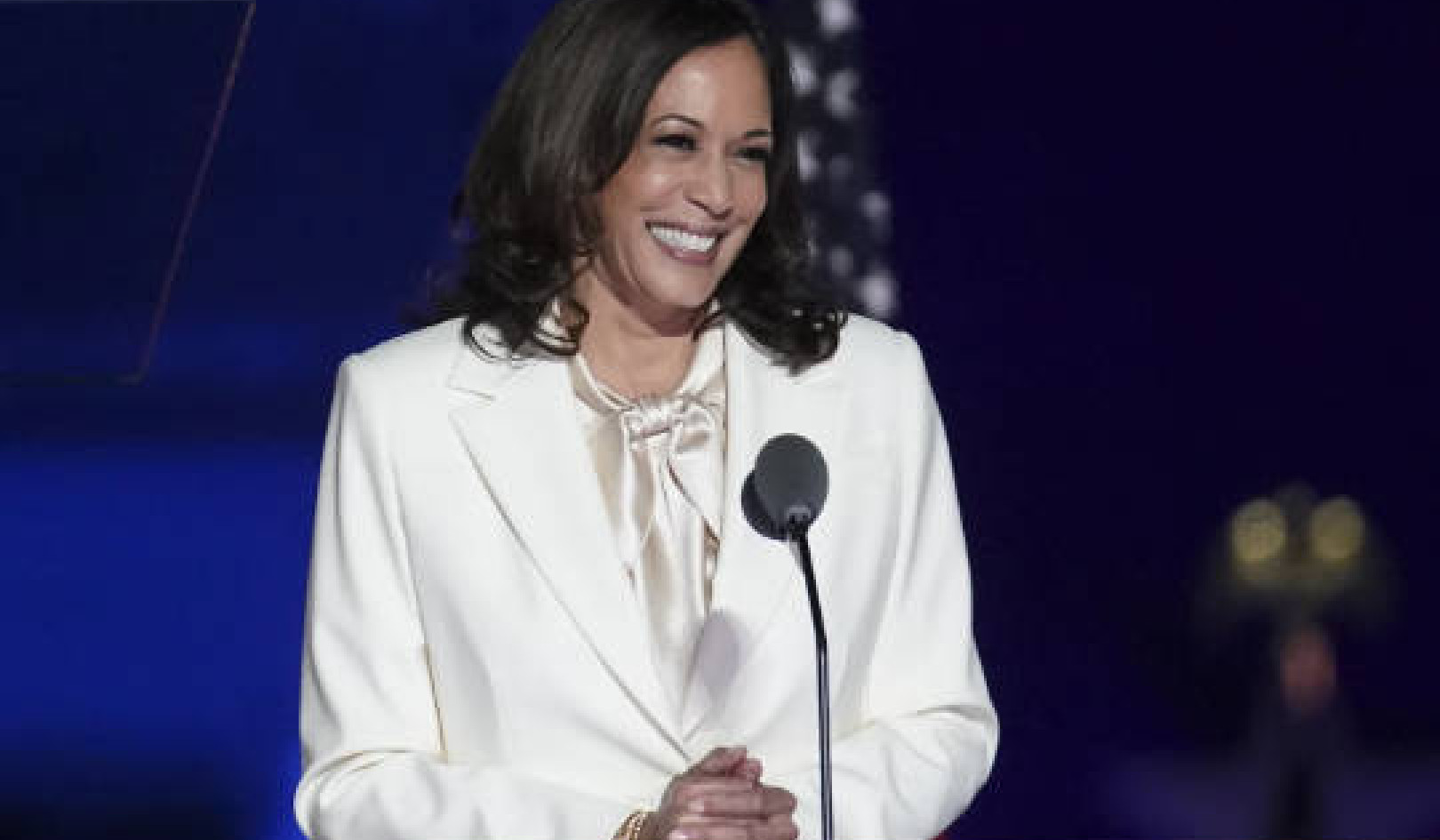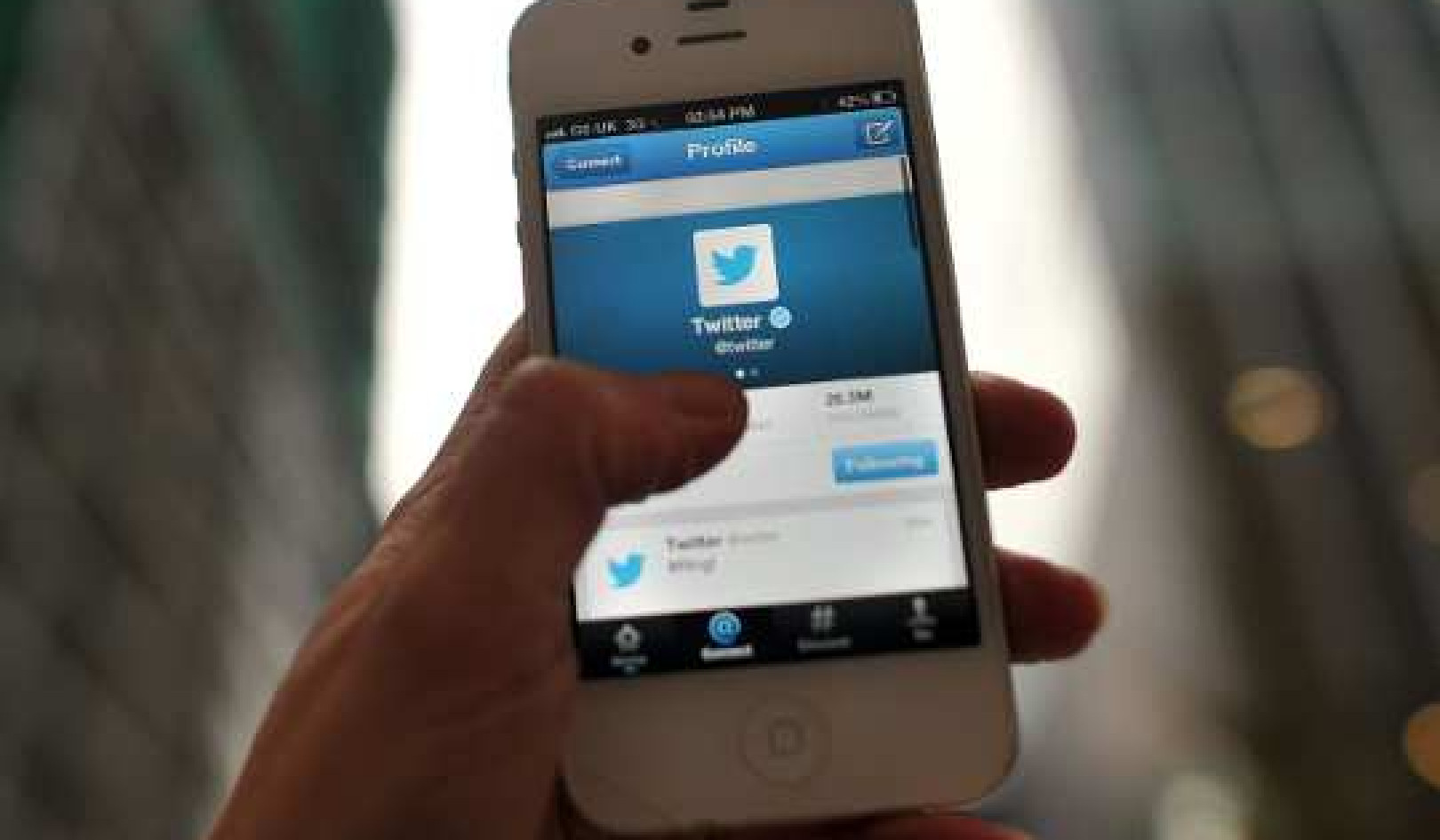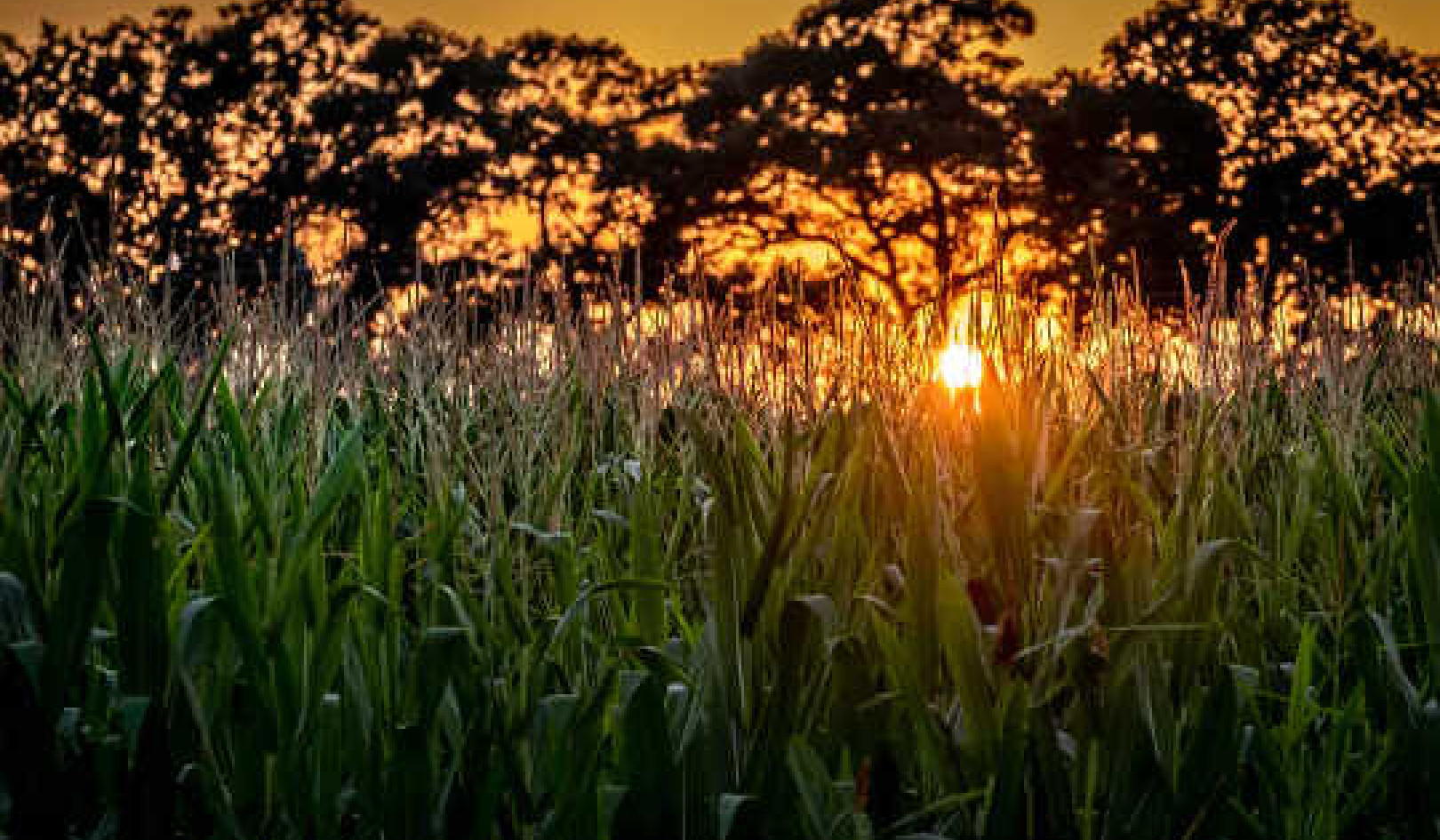 While we work to change the government, we can’t forget that we can also make big change ourselves by starting small and local.
While we work to change the government, we can’t forget that we can also make big change ourselves by starting small and local.
One thing that has bothered me a lot since the election is the idea in the air that we cannot change things while the current administration is in office. There is a pernicious idea that the government is so strong that nothing can be fixed or changed without first fixing or changing it.
Of course, we must work to change the government, but we must also not lose sight of the fact that we can change things in many ways—at the community, city, and state levels—and that each of us remains capable of making the world a better place, even as the presidential administration works against us.
To remind ourselves of this fact, I wanted to retell a story from my book How To Be Alive: A Guide To The Kind Of Happiness That Helps The World. It is the story of my friend Kate Zidar who, in the early 2000s, was one of many New York City residents who refused to wait for a change of government in order to get what they wanted for their communities—in this instance, a composting program to manage food waste.
Instead of waiting for a change in government policy, Kate started her own community compost pile in a corner of a city park. Compost piles like hers popped up in other communities all around the city. In 2013, seeing the benefits of these compost piles, Mayor Michael Bloomberg’s government finally announced that it would move toward a citywide curbside compost program.
Here is what Kate says about her story:
Back in the early 2000s, I was volunteering in a community garden in Williamsburg, in Brooklyn’s McCarren Park, and my focus became soil toxicity. There was a lot of dioxin and lead in the soil because of fallout over the years from a nearby incinerator. I wanted to replace the top layer of soil so we could grow food safely.
Also, trucks carrying food waste and other trash in the solid waste management system screwed up the air quality in the area. So it made sense to both create good topsoil and divert food scraps from the waste stream by starting a community compost pile.
In McCarren Park, there was a part of a dog run that was not used, so I “annexed” it. I wrote a letter to the parks commissioner including a map showing the location of my new compost pile—I also sent a flower bulb, hoping that would get his attention—and asked for permission. He never wrote back, but I kept a copy of my letter and I told anyone who tried to interfere that the parks commissioner knew about the compost pile.
In addition, I used really heavy 55 gallon plastic drums to house the compost system. They could not be moved easily. My idea was to make it so the work involved in shutting the compost system down would be greater than whatever problem park workers seemed to feel it caused.
At first it was just me hauling my kitchen scraps to the barrels. But passing foot traffic soon attracted random people dropping off their food scraps, too. Before long, a woman named Jo Micek started to help. She was a community organizer, and she knew how to raise funds. Pretty quickly, the compost pile was being run by a “dirty dozen.” (Get it?)
Not long after that, there were more than 100 families dropping off their food scraps every week, and the compost project turned into a collective, not just run by me. Meanwhile, the compost went back into the community garden, home gardeners took it home, and eventually even the park workers began to use it around the park.
Why didn’t we begin by going to the city government and asking them to start a compost pile for us?
Everyone who works in community gardens knows that the gardens start essentially by squatting on an abandoned, unused piece of land. You don’t start by working with the government—but by working with your community for improvements everyone wants. When you try to work with the city agencies, they stonewall the idea because they have a whole range of missions and obligations to consider. But you have only one: your garden or compost pile.
I didn’t want to use my energy dealing with the bureaucracy. I wanted to compost. Plus, I knew the project would actually represent a community improvement. I didn’t want to ask for permission. I could always later ask for forgiveness. Ultimately, there was no way the parks department could stop it because it became so popular with the local community.
This is one way to bring about broader city or social change. You don’t ask the government to do it. Instead, you gather with other citizens and you demonstrate to the government that it is needed, is wanted, and works. That is why New York is adopting curbside composting now. Because so many communities like ours demonstrated that composting is needed, is wanted, and works.
Meanwhile, the personal benefits to me were the people I met and the friends I made. Also, I figured it out on my own. I didn’t know what I was doing, and I started it and saw it through. I developed my own system of doing something. Once you do that in one area of your life, then you can do it in all areas. It made me less uncomfortable with not knowing how to start.
Here is the moral of this story for me: We can, through our own lifestyles and our participation in communities and local and state governments, still initiate positive change. We don’t have to settle only for resisting negative change.
This article originally appeared on YES! Magazine
About The Author
Colin Beavan wrote this article for YES! Magazine. Colin helps people and organizations to live and operate in ways that have a meaningful impact on the world. His most recent book is “How To Be Alive,” and he blogs at ColinBeavan.com. Besides YES! Magazine, his articles have appeared in Esquire, Atlantic, and the New York Times. He lives in Brooklyn, New York.
Related Books
at InnerSelf Market and Amazon

























